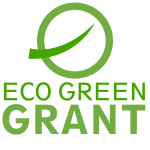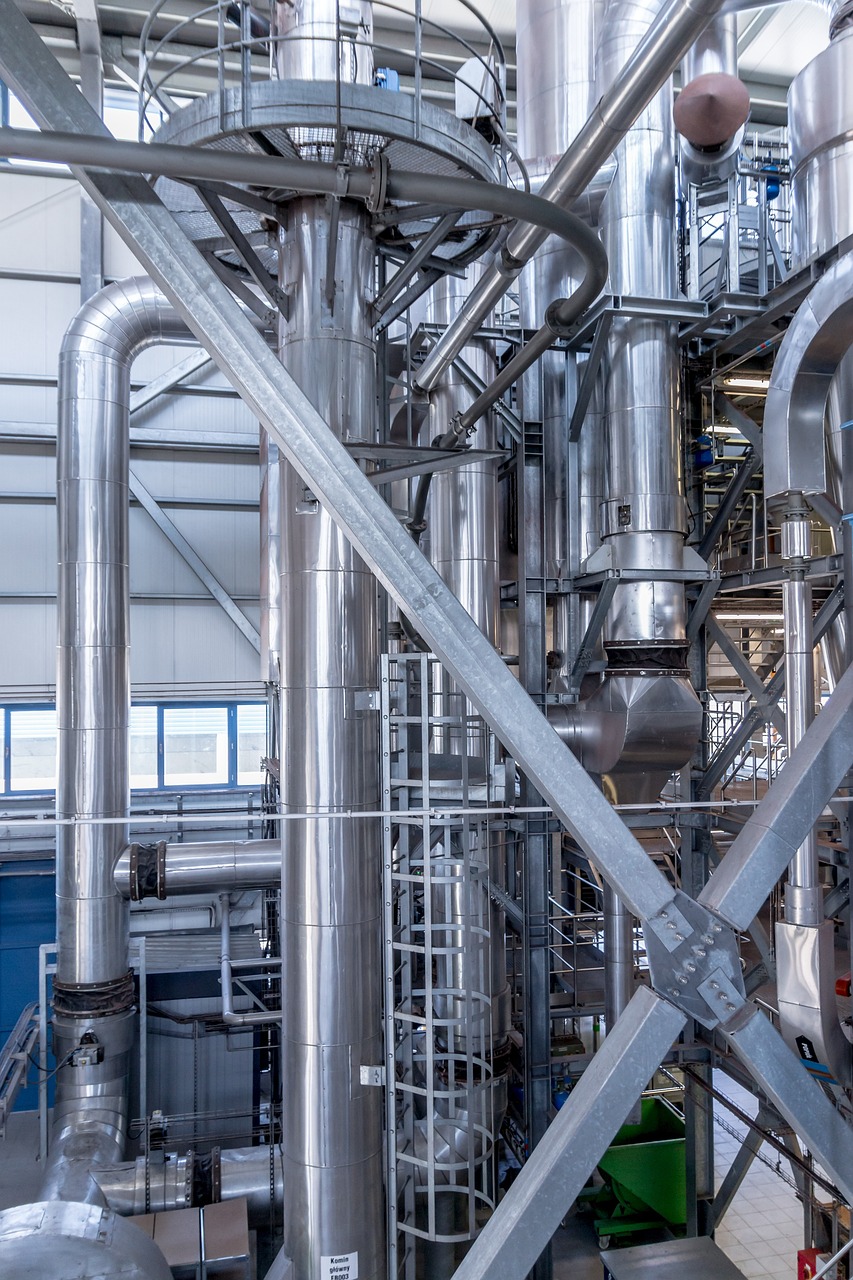Artificial Turf Design, once a novelty confined to indoor sports arenas, has rapidly evolved into a versatile and reliable surface for a wide range of applications. From residential lawns to international sports fields and commercial landscapes, artificial turf is now a sophisticated blend of design, technology, and functionality. This transformation is largely due to innovations in materials and engineering, which have improved the look, feel, and performance of synthetic grass to closely resemble natural turf, while offering distinct advantages in terms of durability, maintenance, and sustainability.
Artificial Turf Design
The history of Artificial Turf Design dates back to the 1960s, with the most notable early installation being in the Houston Astrodome, where “AstroTurf” made its debut. That early version was a far cry from today’s designs—it was stiff, abrasive, and primarily functional rather than aesthetic. Over the decades, artificial turf has undergone multiple design improvements. Modern systems now feature multi-layered structures with soft, realistic fibers, advanced infill materials, and even shock-absorbing underlayers to improve safety and performance.
Core Components of Artificial Turf Design
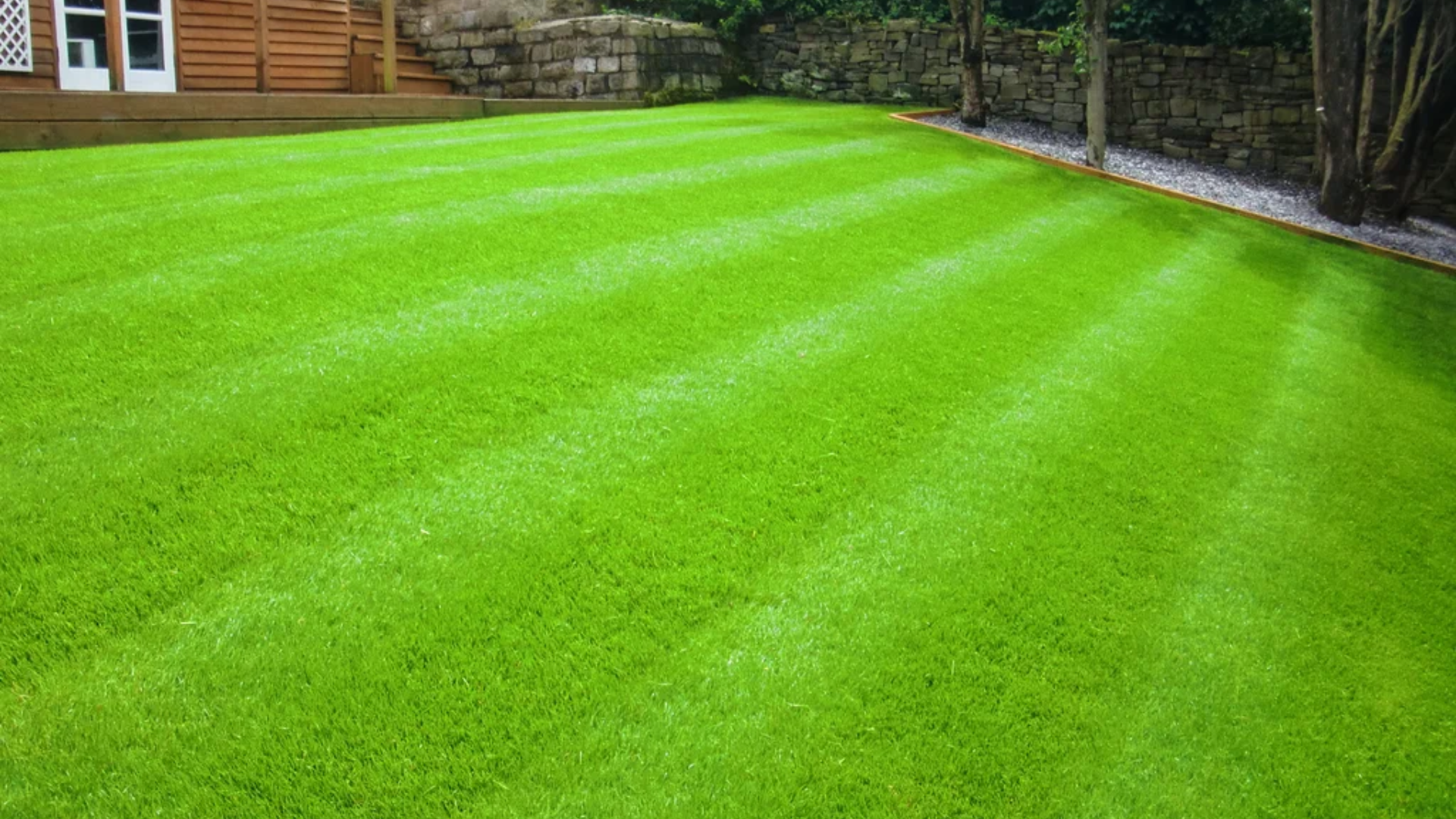
Artificial turf is constructed using several critical components that work together to create a high-performing, long-lasting surface. At the top are the turf fibers or grass blades, which determine the appearance and tactile feel of the turf. These fibers are tufted into a primary backing, typically a woven polypropylene material. A secondary backing, usually made of latex or polyurethane, secures the fibers in place and adds dimensional stability.
Between the blades of grass lies the infill—a granular material that provides cushioning, keeps the blades upright, and adds ballast to the surface. Common infills include silica sand, crumb rubber made from recycled tires, and newer organic options such as cork or coconut husk. Beneath the turf may lie a shock pad, particularly in high-impact zones like sports fields or playgrounds. This layer enhances safety by reducing the force of falls and impacts. The entire system sits atop a well-prepared sub-base that facilitates drainage and ensures evenness.
Design Considerations by Use Case
Artificial Turf Design is not one-size-fits-all; it is carefully tailored to meet the specific needs of its application. For sports fields, the focus is on performance, safety, and compliance with industry standards. For instance, a soccer field may use long, durable fibers (50–60 mm in length) with heavy-duty infill to provide traction and minimize injury. Football fields require enhanced shock absorption and stronger seams to withstand repeated impacts.
For landscaping—whether residential or commercial—the goals shift toward aesthetics and comfort. Turf for backyards, gardens, or office buildings typically features shorter blades, natural color blends, and often a thatch layer for a more organic appearance. Pet turf, a growing market segment, incorporates antimicrobial treatments and efficient drainage to manage waste and odors effectively. Playgrounds and schools prioritize safety, so designs often feature softer, denser turf and mandatory shock-absorbing pads to comply with fall-height standards.
In urban environments, Artificial Turf Design is increasingly used on rooftops, balconies, and terraces. These settings demand lightweight turf with excellent UV resistance and drainage properties. Some modular systems are designed specifically for these applications, making them easy to install without permanent adhesives.
Installation Process
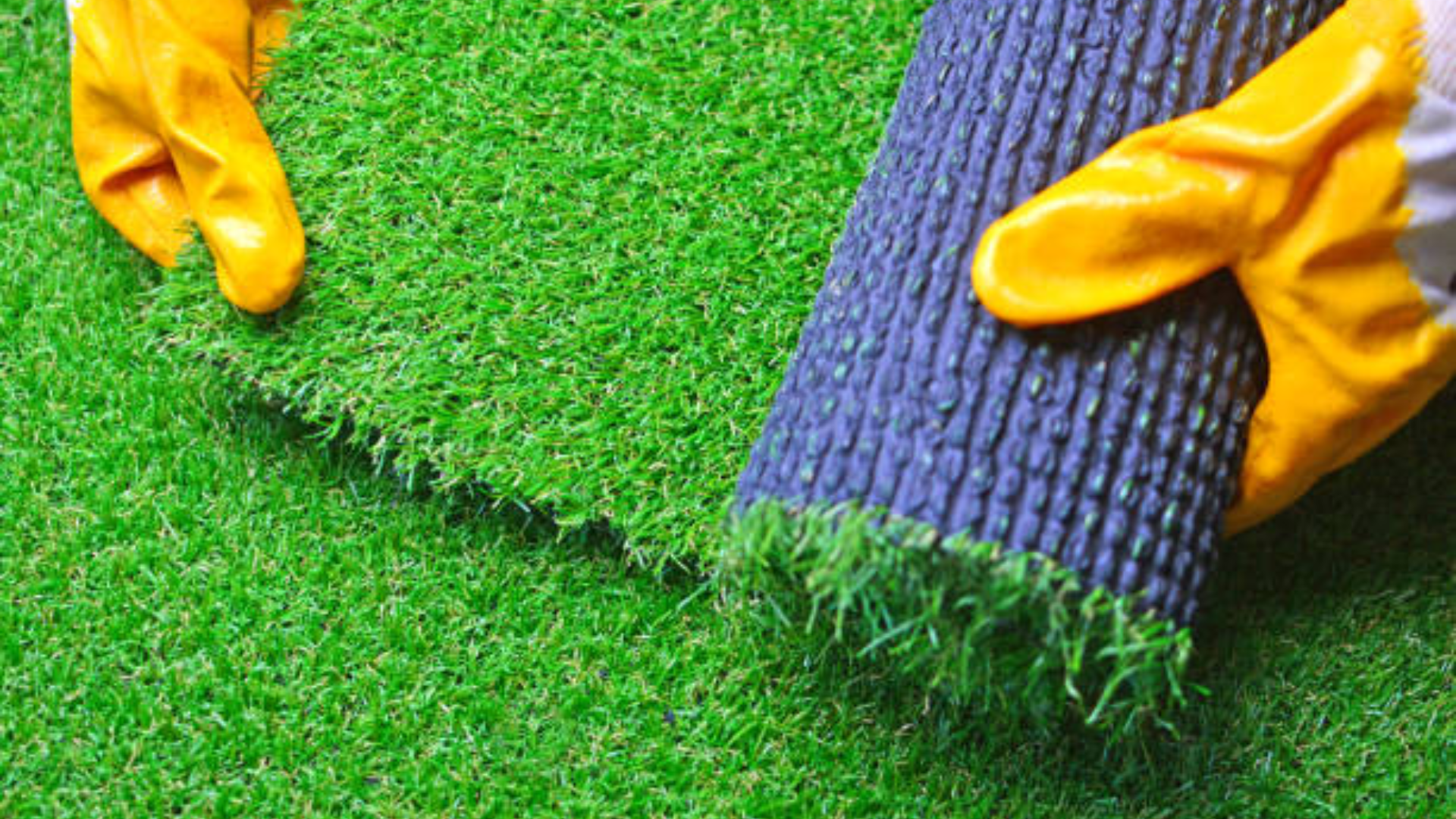
A successful Artificial Turf Design installation begins with thorough site preparation. The first step involves removing any existing grass or vegetation and leveling the ground. A compacted sub-base—usually composed of crushed rock and sand—is then created to provide stability and drainage. Proper grading is crucial to ensure water flows away from the surface rather than pooling.
Once the base is ready, the turf rolls are laid out and cut to fit the area. Seams are joined using adhesive and seam tape to form a unified surface. Afterward, infill is spread evenly across the turf and brushed into place to help the fibers stand upright and provide cushioning. Final grooming ensures a natural appearance and functional readiness. If installed correctly, Artificial Turf Design can remain durable and attractive for many years.
Technological Innovations
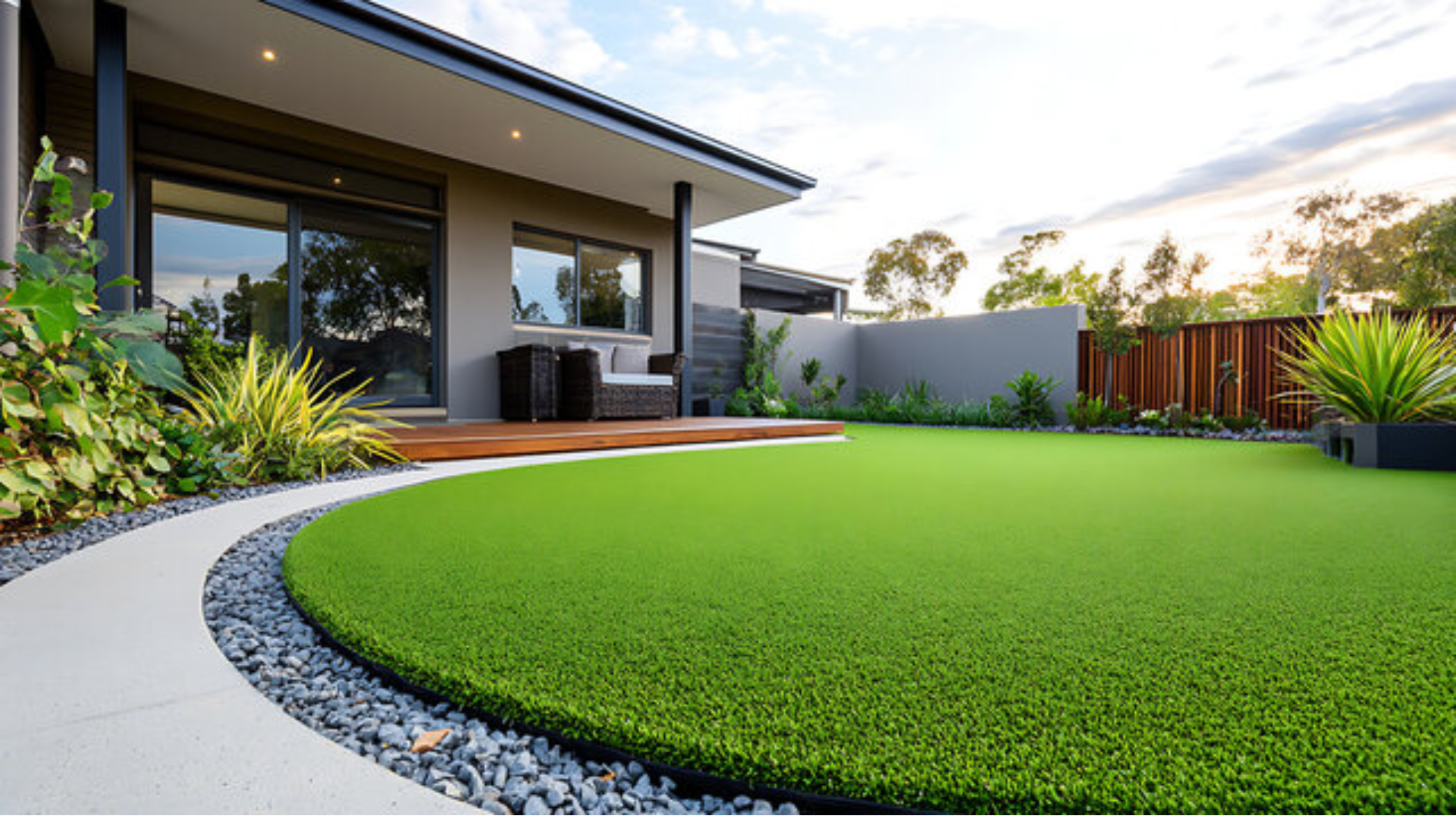
Modern Artificial Turf Design benefits significantly from recent technological advancements. One of the key areas of improvement has been heat management. Traditional turf could become extremely hot under direct sunlight, making it uncomfortable or even unsafe to use. Today’s turf products often feature cooling technologies such as infill materials that reflect sunlight or turf fibers infused with infrared-reflective pigments.
Another major innovation is the inclusion of antimicrobial treatments. These additives are either applied to the turf blades or embedded in the infill to help control odor and reduce the growth of bacteria, a crucial feature in high-traffic areas like pet zones and children’s play spaces. Furthermore, some sports facilities are adopting “smart turf” systems, which use embedded sensors to monitor field conditions such as usage levels, surface temperature, and moisture content, allowing for more precise maintenance and improved player safety.
Sustainability is also becoming a priority. Eco-conscious turf products use recycled or bio-based materials, and manufacturers are increasingly investing in recycling programs for turf at the end of its lifecycle. Organic infills and reduced plastic use are helping to minimize the environmental footprint of synthetic turf systems.
Environmental Impact and Sustainability
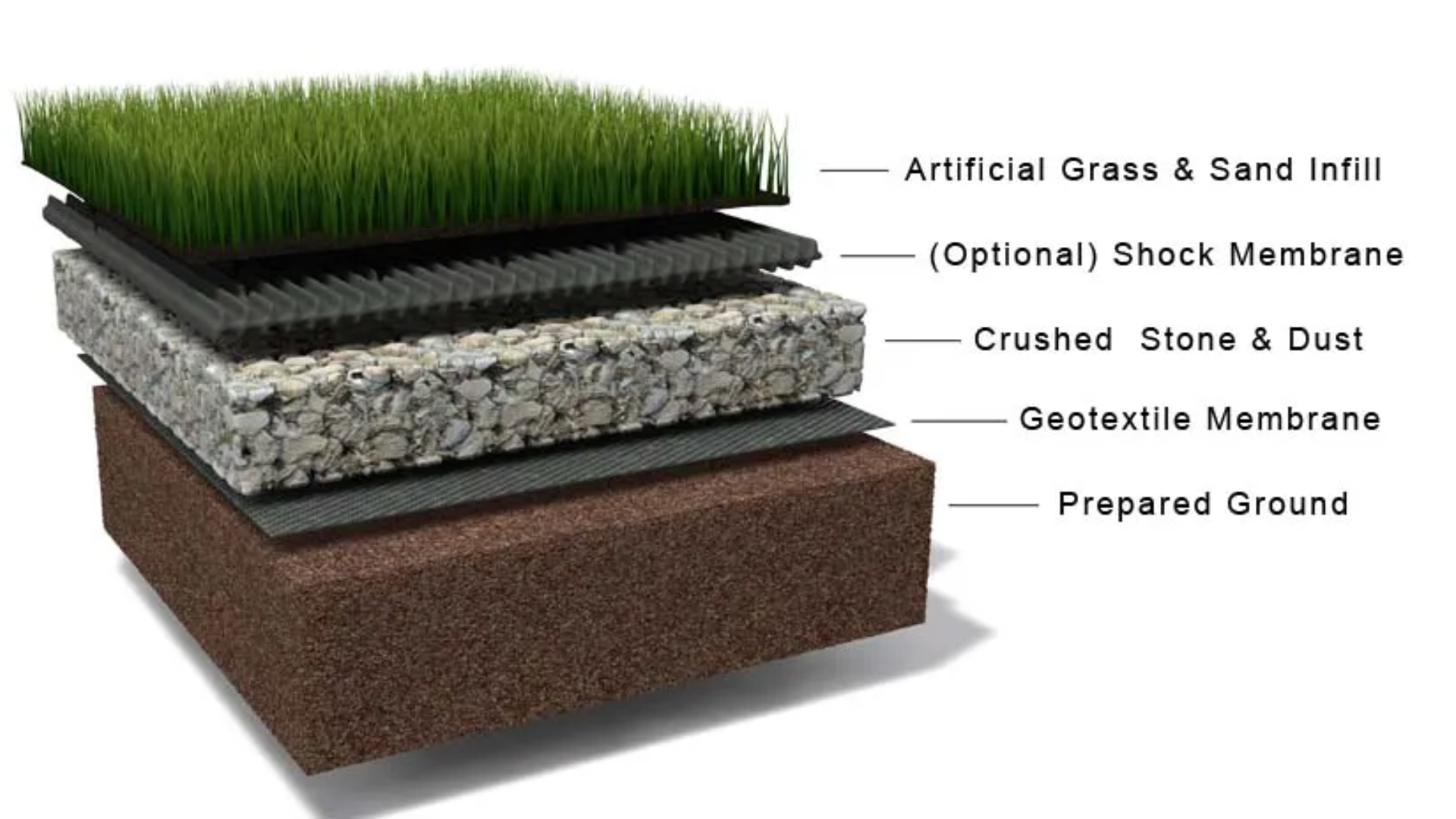
Artificial Turf Design offers several environmental advantages over natural grass, especially in regions prone to drought or with heavy foot traffic. By eliminating the need for watering, mowing, and chemical treatments, synthetic turf saves thousands of gallons of water per year and reduces emissions associated with lawn maintenance equipment. It also decreases the use of pesticides and fertilizers, contributing to healthier urban environments.
However, the material is not without its drawbacks. Artificial Turf Design can contribute to the urban heat island effect because it absorbs and retains more heat than natural grass. Additionally, some infill materials, like crumb rubber, have raised concerns about microplastic pollution and potential toxicity. The recyclability of turf also remains a challenge, although manufacturers are developing systems designed for easier disposal and reuse.
To maximize sustainability, users are encouraged to choose systems made with recyclable materials and eco-friendly infills. Proper installation practices, including perimeter barriers to prevent infill runoff, also help reduce environmental risks.
Maintenance and Durability
Although often marketed as “maintenance-free,” Artificial Turf Design still requires regular upkeep to maintain its appearance and functionality. Routine maintenance includes brushing to keep the blades upright, removing debris, and occasionally rinsing the surface to remove dust and spills. For pet areas, specialized cleaning solutions may be needed to neutralize odors and sanitize the turf.
The longevity of Artificial Turf Design depends on the quality of materials and the level of usage. Residential installations can last 10 to 15 years, while high-traffic sports fields might need replacement every 8 to 10 years. Regular inspections help identify issues such as seam separation or infill displacement before they become major problems.
Costs and Investment Value
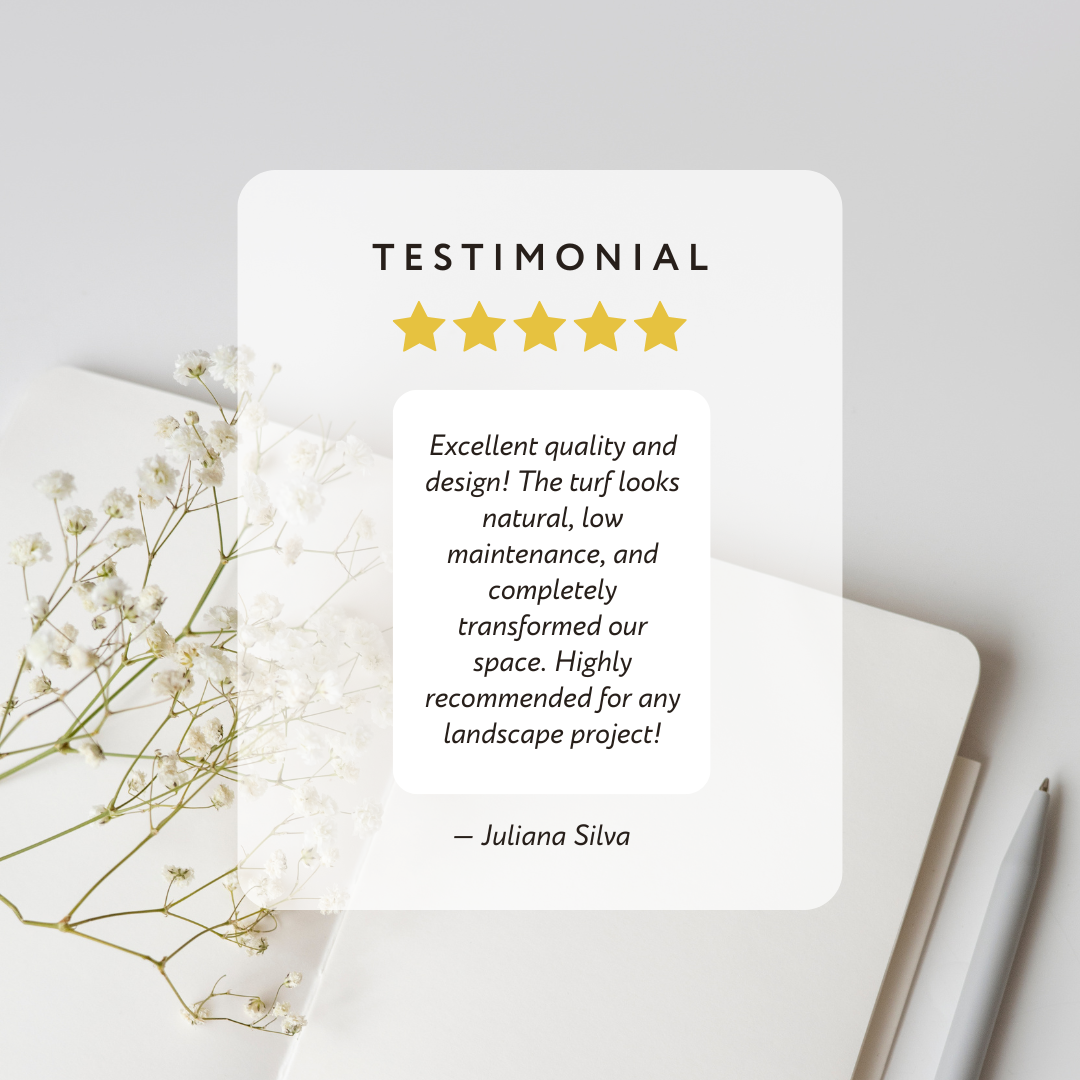
Artificial Turf Design involves a higher upfront investment compared to natural grass. Residential turf installation can cost anywhere from $5 to $15 per square foot, while full-size sports fields can cost hundreds of thousands of dollars. However, the long-term savings are significant. With no need for irrigation, mowing, or fertilizers, many homeowners and organizations find that Artificial Turf Design pays for itself within 5 to 7 years. In areas with water restrictions or poor growing conditions, the ROI is even more favorable.
Future Outlook
As the demand for efficient, low-maintenance, and aesthetically pleasing landscapes grows, Artificial Turf Design is poised to become even more popular. The future of turf design is likely to include smarter, more environmentally responsible products. Innovations in biodegradable components, recyclable materials, and advanced cooling systems will continue to address current limitations. Additionally, the integration of sensors and data analytics will revolutionize turf maintenance and usage tracking, particularly for athletic facilities.
Artificial Turf Design design is no longer just about replacing grass—it’s about creating surfaces that are safer, cleaner, more efficient, and adaptable to a wide range of environments. With continuing advancements, synthetic turf is set to remain an essential element in modern landscape and sports facility design.
FAQs
What is MUJA’s role in artificial turf design?
MUJA specializes in designing high-quality artificial turf systems tailored for sports fields, landscapes, and recreational areas, ensuring durability, performance, and aesthetic appeal.
How does MUJA ensure turf durability?
MUJA uses advanced materials and precision engineering to design artificial turf that withstands heavy usage and harsh weather, maintaining long-term performance and appearance.
Can MUJA design turf for schools and playgrounds?
Yes, MUJA designs safe, child-friendly artificial turf systems specifically for schools and playgrounds, focusing on shock absorption and low maintenance.
Does MUJA offer eco-friendly turf solutions?
MUJA offers environmentally conscious artificial turf options, including recyclable materials and water-saving designs, supporting sustainable landscaping.
Is MUJA artificial turf pet-friendly?
Absolutely, MUJA designs pet-safe artificial turf that’s non-toxic, easy to clean, and durable against wear from active pets.
How does MUJA handle drainage in turf design?
MUJA incorporates efficient drainage systems in turf design, preventing water accumulation and ensuring quick drying for safe usage.
What maintenance is required for MUJA turf?
MUJA artificial turf requires minimal maintenance—no mowing, watering, or fertilizing—making it a cost-effective and hassle-free solution.
Does MUJA provide custom turf design?
Yes, MUJA offers customized turf solutions based on client needs, including color, pile height, and infill options for various applications.
Is MUJA turf suitable for sports fields?
MUJA designs performance-driven artificial turf for sports like football, cricket, and hockey, ensuring shock absorption and player safety.
Where can I see MUJA artificial turf samples?
You can contact MUJA directly to request turf samples or visit their showroom to explore different artificial turf design options.
